 A police pursuit of a suspect can be a dangerous scenario for all individuals in the vicinity of the pursuit. But what happens when the officer collides with a party while in pursuit, and your car is then struck due to the first accident? The First Circuit Court of Appeal for Louisiana recently addressed the issue.
A police pursuit of a suspect can be a dangerous scenario for all individuals in the vicinity of the pursuit. But what happens when the officer collides with a party while in pursuit, and your car is then struck due to the first accident? The First Circuit Court of Appeal for Louisiana recently addressed the issue.
On February 22nd, 2014, Slidell Police Officer Justin Lee Stokes (“Stokes”) was traveling at a high rate of speed, northbound on Highway 11. Lee’s patrol vehicle was in pursuit with both the emergency lights and siren activated. Lee approached the intersection of Highway 11 and Gause Boulevard, when a car traveling south on Highway 11 driven by Ian Jurkiewicz (“Jurkiewicz”), made a left hand turn directly in the path of Stokes’ pursuit. Stokes’ patrol vehicle collided with Jurkiewicz’s vehicle, which then struck a second vehicle, driven by Jennifer Bullock (“Bullock”).
Bullock filed a lawsuit for damages against the City of Slidell, Stokes, Jurkiewicz, and United Services Automobile Association (“USAA”) for damages stemming from the accident. The lawsuit was filed in the Twenty-Second Judicial District Court for the Parish of St. Tammany, Louisiana. Bullock made a motion for the partial dismissal of Jurkiewicz and USAA, which was granted by the District Court. Stokes and the City of Slidell made a motion for summary judgment because police officers are immune from liability when the acts of the officer are within the scope of the power and duties vested in a police officer. La. R.S.9:2798.1 (2014). When an officer is in pursuit of an actual or suspected violator of the law, the officer may exceed maximum speeds limits so long as the officer does not put life or property in danger. La. R.S.32:24 (2014). The district court granted the motion for summary judgment. Bullock then filed an instant appeal in regard to the decision of the district to grant the summary judgement motion, arguing that it was incorrect to determine that there was not a genuine issue of material fact and that La. R.S.9:2798.1 and La. R.S.32:24 were not applicable to the facts in this case, because she Bullock believed that speed was not the cause of the accident.
 Louisiana Personal Injury Lawyer Blog
Louisiana Personal Injury Lawyer Blog


 After deciding to follow through with filing a lawsuit, one of the first questions asked is where to file. Venue is the county or parish that is applicable for your case to proceed. Filing in the proper venue is a determinative factor in moving forward with your case. There may be more than one appropriate venue for your case, but failure to choose correctly can cause ripple effects to the rest of your lawsuit.
After deciding to follow through with filing a lawsuit, one of the first questions asked is where to file. Venue is the county or parish that is applicable for your case to proceed. Filing in the proper venue is a determinative factor in moving forward with your case. There may be more than one appropriate venue for your case, but failure to choose correctly can cause ripple effects to the rest of your lawsuit. 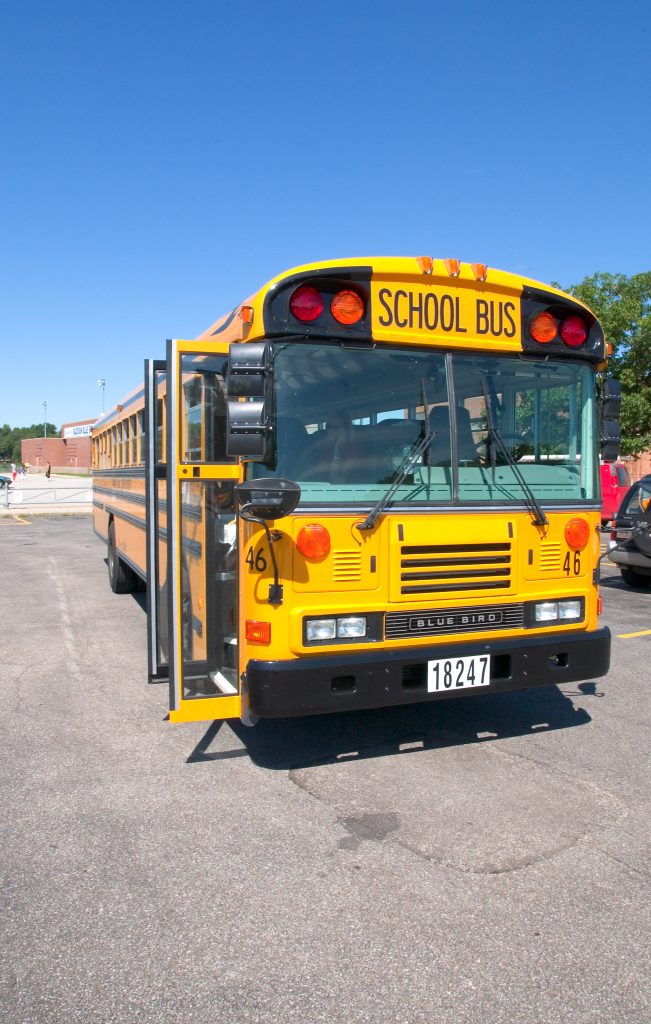 Losing a child is always an extremely difficult experience for a parent to go through, and it is even more difficult when the death is a result of negligence. Normally when negligence occurs, the parents bring forth a wrongful death lawsuit against the negligent party.
Losing a child is always an extremely difficult experience for a parent to go through, and it is even more difficult when the death is a result of negligence. Normally when negligence occurs, the parents bring forth a wrongful death lawsuit against the negligent party.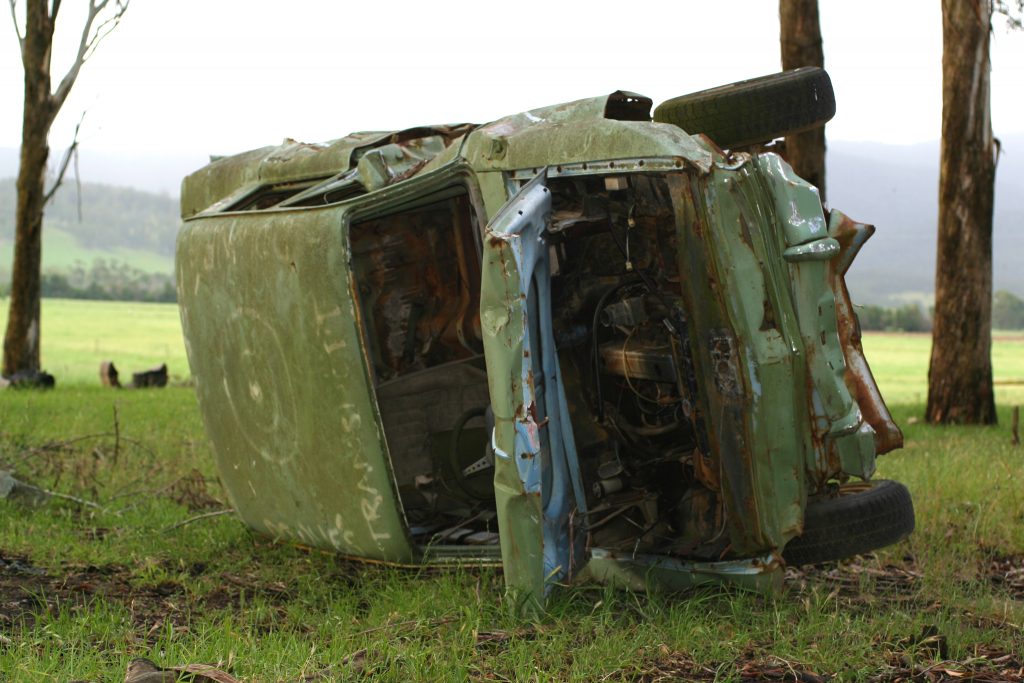 Generally, when you have a car accident it is a fender bender, and it is clear to the police and the court what events took place. However, in some situations, the evidence can support different versions, and the parties do not agree on what occurred. Typically, when there are conflicting stories in a case, it is up to a fact finder to determine which version is the “truth.” A fact finder may be a judge or a jury. However, when the trial court’s determination of fact is appealed, the Louisiana Supreme Court has established a two-part test to determine if the trial courts finding was correct or must be overturned. First, the Louisiana Appellate Court must make the determination after reviewing if a reasonable factual basis exists for the finding of the trial court; second, the Louisiana Appellate Court must determine if the record establishes that the finding of the trial court is clearly wrong (
Generally, when you have a car accident it is a fender bender, and it is clear to the police and the court what events took place. However, in some situations, the evidence can support different versions, and the parties do not agree on what occurred. Typically, when there are conflicting stories in a case, it is up to a fact finder to determine which version is the “truth.” A fact finder may be a judge or a jury. However, when the trial court’s determination of fact is appealed, the Louisiana Supreme Court has established a two-part test to determine if the trial courts finding was correct or must be overturned. First, the Louisiana Appellate Court must make the determination after reviewing if a reasonable factual basis exists for the finding of the trial court; second, the Louisiana Appellate Court must determine if the record establishes that the finding of the trial court is clearly wrong (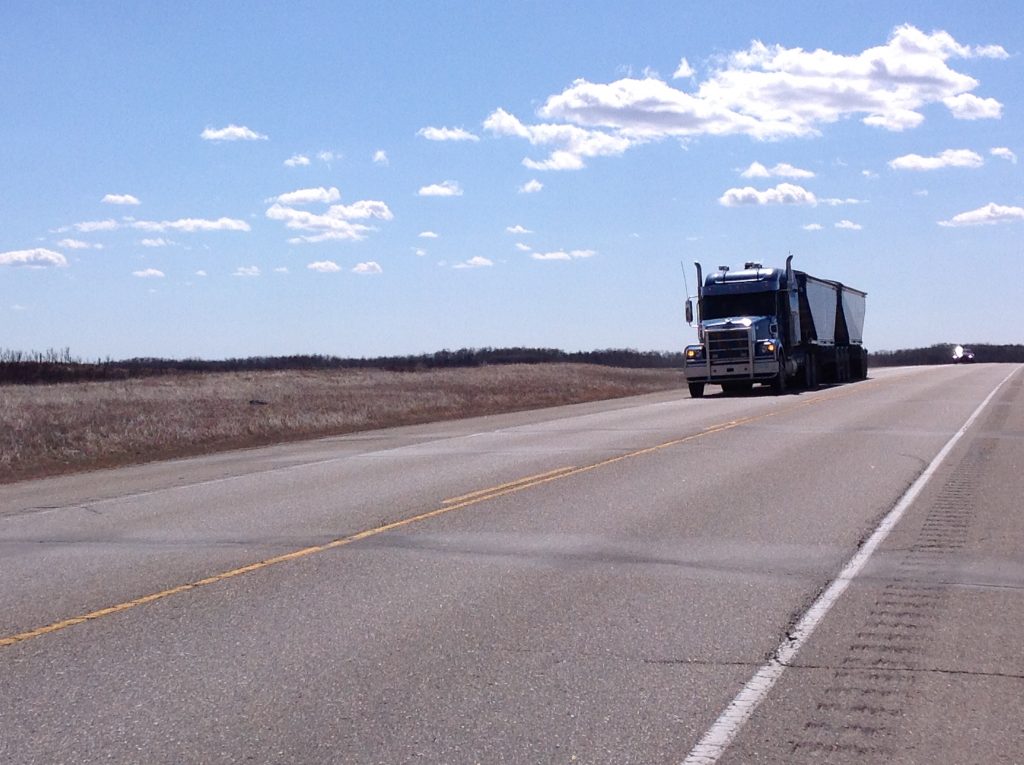 You never know when a leisurely drive can turn into a lengthy lawsuit. Larry Dragna was on a drive in November, 2011, when his vehicle was hit by a driver for A&Z Transportation. KLLM Logistics hired A&Z to transport a freight load from Louisiana to Michigan. Before hiring A&Z, KLLM followed its internal selection policy by reviewing A&Z on a transportation industry review website, which showed that three of A&Z’s scores were at a point that indicated problems in certain categories. Although the indicators showed instances of unsafe driving, fatigued driving, and maintenance issues, there were no federal regulations that advised KLLM not to hire companies with scores like A&Z. KLLM, however, had an internal policy to not hire carriers with three troublesome scores until it had discussed the scores internally or with the carrier. There is no evidence if whether KLLM followed this policy when they hired A&Z.
You never know when a leisurely drive can turn into a lengthy lawsuit. Larry Dragna was on a drive in November, 2011, when his vehicle was hit by a driver for A&Z Transportation. KLLM Logistics hired A&Z to transport a freight load from Louisiana to Michigan. Before hiring A&Z, KLLM followed its internal selection policy by reviewing A&Z on a transportation industry review website, which showed that three of A&Z’s scores were at a point that indicated problems in certain categories. Although the indicators showed instances of unsafe driving, fatigued driving, and maintenance issues, there were no federal regulations that advised KLLM not to hire companies with scores like A&Z. KLLM, however, had an internal policy to not hire carriers with three troublesome scores until it had discussed the scores internally or with the carrier. There is no evidence if whether KLLM followed this policy when they hired A&Z.  While there are many steps that can be taken to prevent road accidents, accidents still happen. When accidents occur, we are left to determine who is at fault. For many people, automobile insurance is the only lifeline to help them recover from the accident. However, to automobile insurers, the question of who is at fault is incredibly important. Is there ever truly one party who is 100% at fault for a crash? How is a crash handled if it involves unconventional modes of transportation? Can someone be at fault if they are not legally negligible? These issues were explored in a case brought to the State of Louisiana Third Circuit Court of Appeals.
While there are many steps that can be taken to prevent road accidents, accidents still happen. When accidents occur, we are left to determine who is at fault. For many people, automobile insurance is the only lifeline to help them recover from the accident. However, to automobile insurers, the question of who is at fault is incredibly important. Is there ever truly one party who is 100% at fault for a crash? How is a crash handled if it involves unconventional modes of transportation? Can someone be at fault if they are not legally negligible? These issues were explored in a case brought to the State of Louisiana Third Circuit Court of Appeals. What happens when a plaintiff is injured, and damages are denied? How can a plaintiff prove they suffered injuries from an accident? According to Louisiana law, a plaintiff must prove, by a preponderance of the evidence, that his or her damages were the result of an injury caused by the defendant.
What happens when a plaintiff is injured, and damages are denied? How can a plaintiff prove they suffered injuries from an accident? According to Louisiana law, a plaintiff must prove, by a preponderance of the evidence, that his or her damages were the result of an injury caused by the defendant. 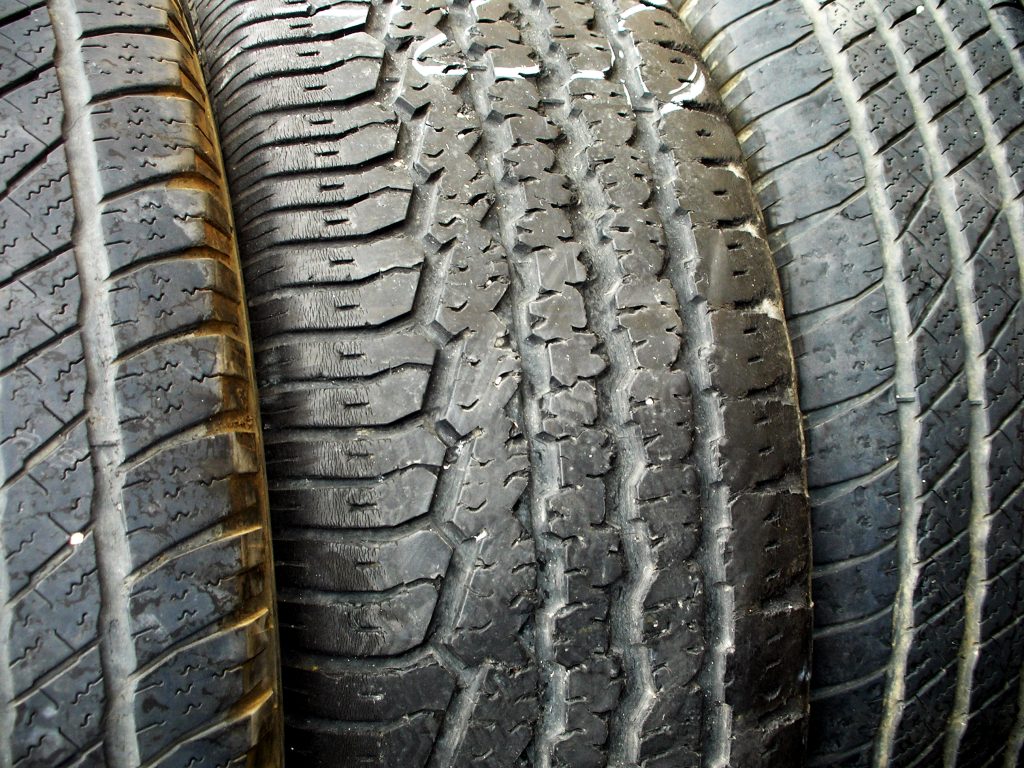 Caveat Emptor
Caveat Emptor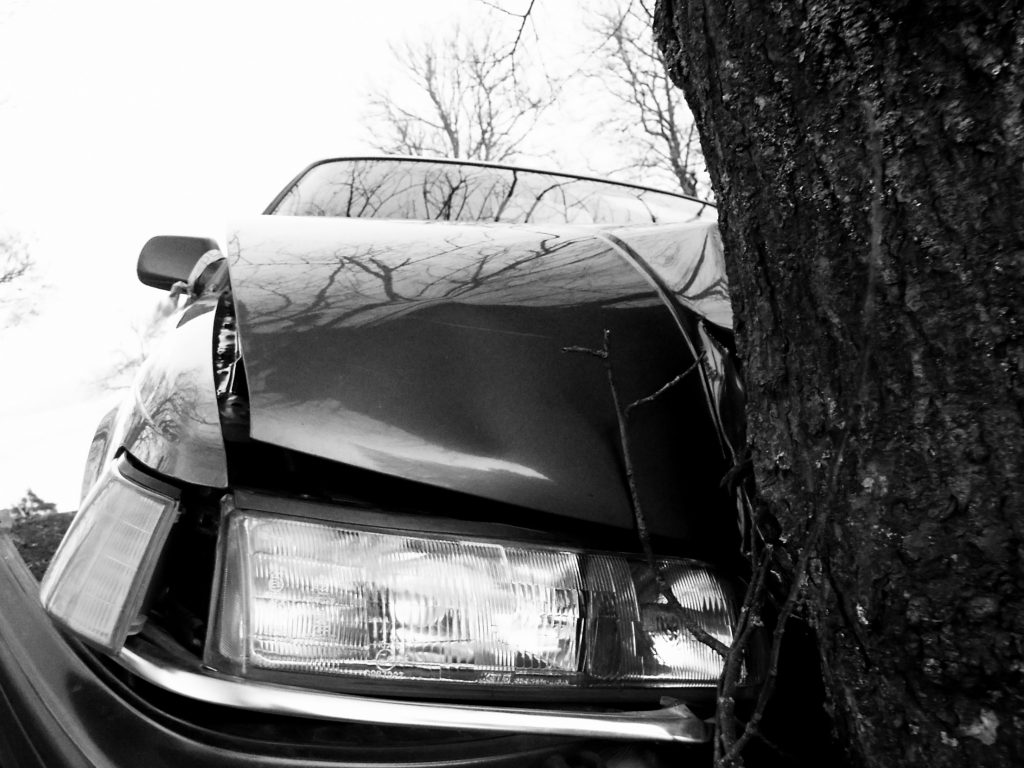 A party to a lawsuit may wish to appeal a court’s decision that they find unfavorable. But under Louisiana law, in most situations only final judgments can give the Court of Appeal jurisdiction to hear the case.
A party to a lawsuit may wish to appeal a court’s decision that they find unfavorable. But under Louisiana law, in most situations only final judgments can give the Court of Appeal jurisdiction to hear the case.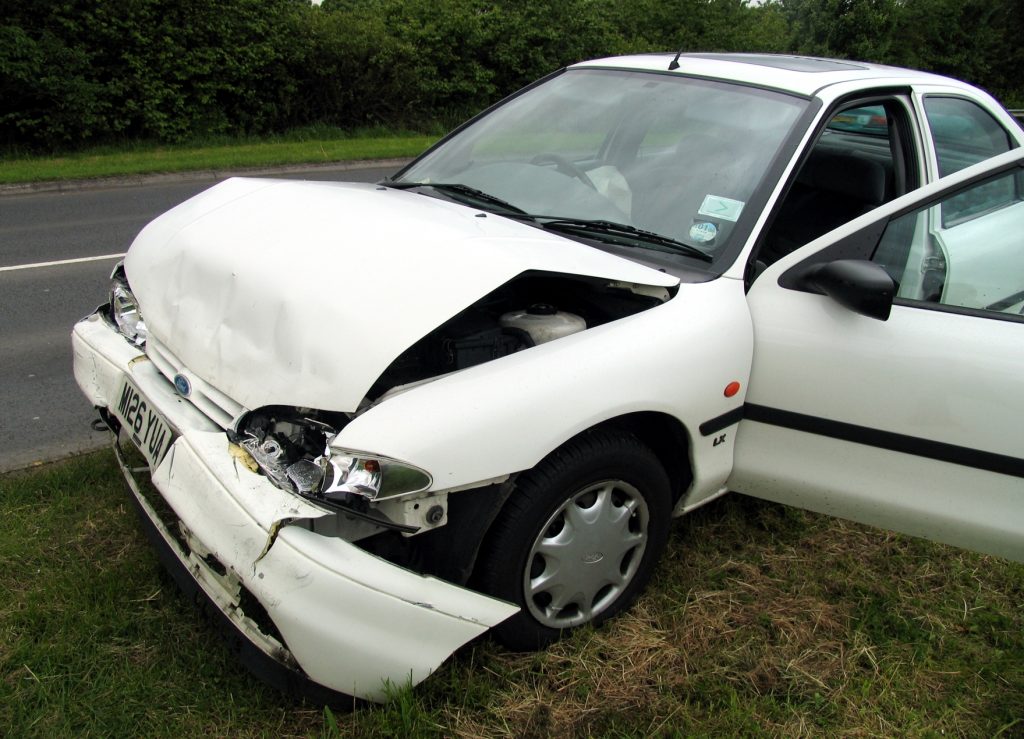 Insurance policies can be varied, complex, and at times unintelligible. Policies are generally purchased for a time of need. Yet in many cases, the insurance company worsens a stressful event by denying coverage. Coverage can be denied for many reasons including when the claimant is an “uninsured motorist.” In a recent case out of Pointe Coupee Parish, an employee faced this label and a denial of coverage.
Insurance policies can be varied, complex, and at times unintelligible. Policies are generally purchased for a time of need. Yet in many cases, the insurance company worsens a stressful event by denying coverage. Coverage can be denied for many reasons including when the claimant is an “uninsured motorist.” In a recent case out of Pointe Coupee Parish, an employee faced this label and a denial of coverage.